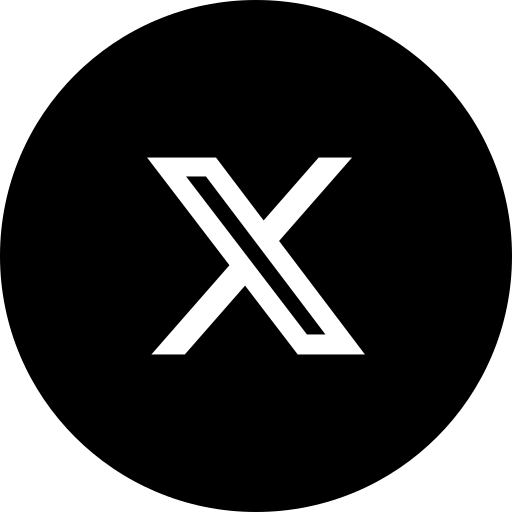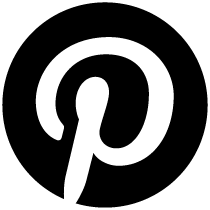Must-See: Alioune Diagne’s Language of Abstraction
At Templon Gallery, New York, the artist’s pointilist canvases probe the politics of legibility and identity
At Templon Gallery, New York, the artist’s pointilist canvases probe the politics of legibility and identity

This review is part of a series of Must-See shows, in which a writer delivers a snapshot of a current exhibition
Upon encountering Alioue Diagne’s signature figuro-abstro paintings in his first New York solo show, ‘Jokkoo’, at Templon Gallery, I was struck by his alchemical approach to image-making. In each canvas, Diagne inverts Charles Darwin’s Tree of Life – a biological diagram that traditionally depicts the hierarchical evolution of life forms – and interrogates the foundations of representation, where language and science intersect to shape our understanding of humanity.

Up close, tiny curvy glyphs pulse through a wheel of bright colours. From afar, pointillist-esque scenes of Black people in Senegal and New York come into semi-focus, as Diagne’s otherworldly script deconstructs skin tones and landscapes into molecular structures, dissolving defining details into negative space. We are introduced to a selection of quotidian scenes: Saay- Saay si – Police Misconduct (2024) presents a clash between officers and protestors, while Pénc Mi – Meeting Place (2024) depicts a peaceful, adolescen crowd. Nearby, Demb ak Tey – Past and Present (2025) features staggered rows of women and children arriving in a metropolitan city. Drawing kinship from Hanoi script, Egyptian hieroglyphs and Arabic calligraphy, Diagne’s technique blurs the lines between various communication systems, grounding his paintings in universality.
Though Diagne’s presentation is a testament to his mastering of obscurity, there are moments where more conventional gestures of legibility disrupt that opacity. In Basketball Duality – Bëre Basket (2024), clipped English newspaper texts are scattered along the painting’s perimeter. Their semantic clarity clashes with the abstract composition, fracturing the coherence of Diagne’s invented visual language and flattening its enigmatic pull.

The exhibition’s crown jewel is its final room, where a blown-up black-and-white photographic wallpaper of everyday Senegalese people engages directly with the paintings, like Sama rééni xol – Give and take (2024). This pairing, between candid photographs and expressive portraits, invites us to confront the pseudo-scientific narratives embedded in the histories of both mediums, which were historically used to categorize Black people within racial hierarchies. Here, Diagne shifts his viewers’ gaze from distortion to (re)humanization – a necessary corrective that helps us see the world with renewed clarity.
Alioue Diagne’s ‘Jokkoo’ is on view at Templon Gallery, New York, until 1 May
Main image: Alioune Diagne, Saay-Saay si - Police Misconduct, 2024, acrylic on canvas, 1.4 × 1.8 m. Courtesy: the artist and Templon, Paris/Brussels/New York; photograph: © Laurent Edeline
























